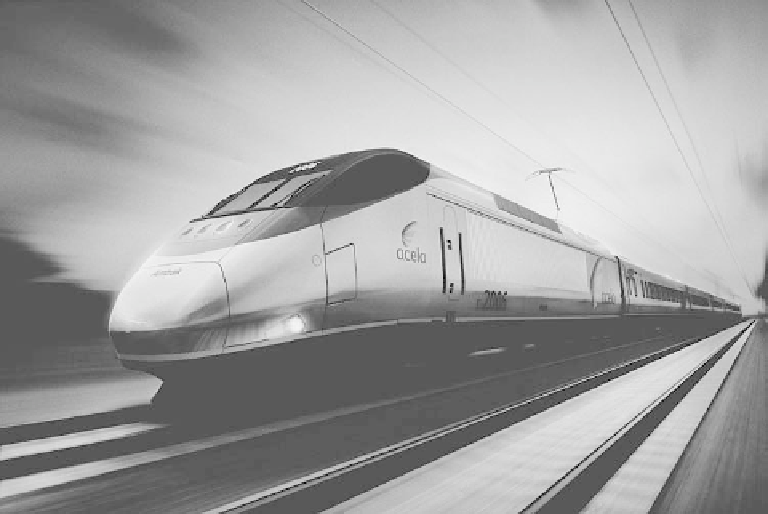Travel Reference
In-Depth Information
Protecting airline passengers, crew members, aircraft and cargo, working collaboratively with the
Department of Homeland Security and the Transportation Security Administration
&
Seeking to prevent legislative and regulatory actions that would penalize airlines and their
customers by imposing rate, route, service, or schedule controls on the industry
&
Endeavoring to reduce the disproportionate share of taxes and fees paid by airlines and their
customers at the federal, state, and local levels
&
Improving the industry
'
s ability to attract capital
&
Helping to shape international aviation policy, to ensure that U.S. and foreign carriers can compete
on equal terms
&
During its more than 75 years of existence, ATA has seen the airline industry grow from the small,
pioneering companies of the 1930s into key players in the world
'
s economy. ATA members continue to
play a major role in shaping the future of air transportation.
ATA headquarters are located at 1301 Pennsylvania Avenue NW, Suite 1100, Washington, D.C.
20004; telephone (202) 626-4000; Web site at
www.airlines.org
.
THE RAIL INDUSTRY
Rail passenger transportation, once the major mode of travel in the United States, reached its peak
volume in 1920. Major railroads have sought to rid themselves of the passenger business, and today
the survival of service (other than commuter service) depends largely on Amtrak. In Canada, the
situation has been similar, and future rail travel depends on VIA Rail Canada.
Outside North America, where passenger rail service is more extensive,
rail transportation
assumes a more important role. Ultramodern railway systems with high-speed trains operate in many
countries, handling passenger traf
c in an economical and ef
cient manner and providing an
alternative to air travel. France and Japan are well known for their high-speed trains. The French
Amtrak's Acela Express exempli
es the latest technology in rail service. Passengers in the Northeast
Corridor can enjoy high-speed rail service traveling at 150 miles per hour in modern comfort.
Copyright
#
2001Amtrak.PhotoprovidedasacourtesybyAmtrak.










Search WWH ::

Custom Search